How do hybrid electric vehicles work?
Hybrid vehicles are a type of vehicle that stands out in terms of both performance and fuel today. In addition, it is a very advantageous vehicle type in terms of emissions.
Hybrid electric vehicles work together with a battery-powered electric motor and an internal combustion engine.
With hybrid vehicles, both the low emission feature of electric vehicles and the power and range of vehicles with internal combustion engines combine.
The advantages of hybrid vehicles are as follows;
It works with the help of the electric motor:
Hybrid vehicles have a smaller internal combustion engine than an electric motor.
The battery inside the vehicle provides power to the auxiliary loads and reduces the engine idling when the vehicle is stopped. Thanks to these, performance is not compromised and provides better fuel economy.
Regenerative Braking feature:
Batteries in hybrid vehicles do not need to be charged externally to recharge. Instead, regenerative braking and internal combustion engine are used.
The vehicle uses the electric motor as a generator and stores the energy obtained in the battery and captures the energy lost during braking.
Fuel efficient system design in hybrid vehicles:
Hybrid vehicles are classified as mild hybrid and full hybrid;
Mild hybrids use a battery and electric motor to power the vehicle. When the vehicle stops, they turn off the engine and save fuel.
Mild hybrid vehicles cannot power using electricity alone. These vehicles are cheaper than full hybrids, but full hybrid vehicles are more advantageous in terms of fuel.
Full hybrid vehicles also have larger batteries and electric motors that can power the vehicle over short distances and at low speeds. These vehicles are more expensive than mild hybrids but save more on fuel.










.webp?size=256)








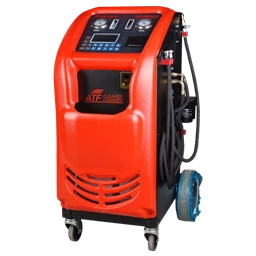

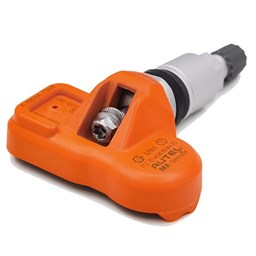



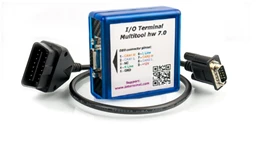
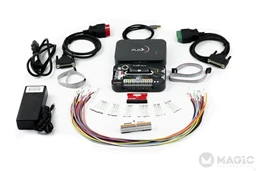
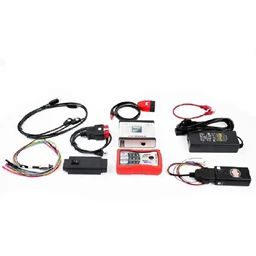
 Cihazı.webp?size=256)






